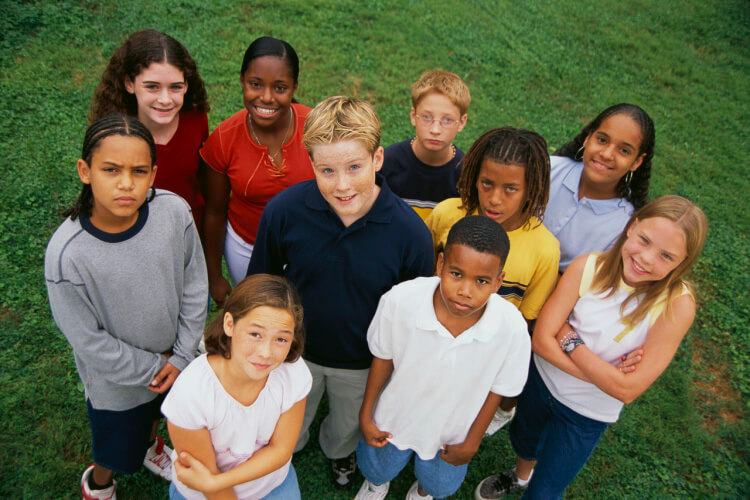As classrooms in the United States have become increasingly diverse and multicultural, it’s become more important for teachers to have cultural competency skills. Culturally responsive pedagogy in physical education supports engagement and learning among diverse learners (Weinstein, Curran, & Tomlinson-Clarke, 2003; Weinstein, Tomlinson-Clarke, & Curran, (2004).

Culturally competent physical educators acknowledge the cultural background of their students, advocate for ethnic groups, and make connections between students’ homes and school experiences. Moreover, culturally competent physical educators set high expectations for their students and utilize various teaching strategies to support multiple learning styles (Gay, 2000).
In their behaviors and methods” culturally competent physical educators exhibit an underlying “caring moral.” For example, both caring and culturally competent teachers have high expectations for their students despite cultural differences; they recognize students’ needs and are capable of developing close connections with their students. They create warm, encouraging classroom environments that emphasize learning. In this article I’ll explain how a “caring moral” is the underlying force guiding and supporting cultural competencies among physical education teachers.
